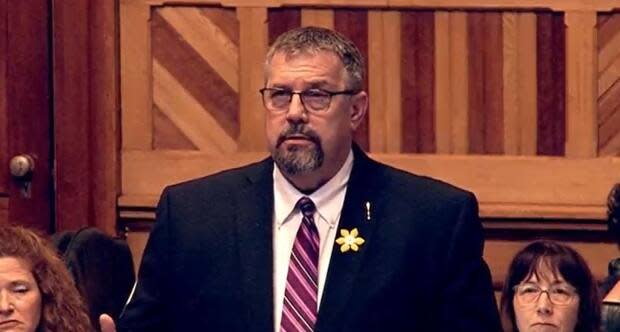
Recent data released by the Department of Education in New Brunswick has raised concerns among experts about the air quality in schools. The data shows that 37 schools had peak carbon dioxide levels above the «desirable» level of 1,500 parts per million, which was set by the department in consultation with WorkSafeNB and the Department of Transportation and Infrastructure.
Joey Fox, chair of the Ontario Society of Professional Engineers’ air quality advisory group, says that he would be concerned as a parent if he saw these results. Carbon dioxide is used as a proxy to measure air quality and the rate at which air is being renewed, which can contribute to the transmission of respiratory illnesses, including COVID-19. Fox’s group recommends all spaces comply with «bare minimum» ventilation requirements, which would be about 1,000 parts per million for a school.
The highest peak reading was found at Marshview Middleview, which houses about 300 students in grades 5 to 8 in Sackville, N.B., with a reading of 3,914 parts per million. Norton Elementary School and Lord Beaverbrook Elementary School also had overall averages above 1,500 ppm.
While the department has stated that testing completed so far has not indicated an immediate danger to occupants, Fox warns that poor air quality can lead to increased sickness and missed school days. In the long term, other pollutants that may be in school air can be health threatening and even fatal, said Fox, citing carcinogens as an example.
To address the issue, Education Minister Bill Hogan has announced plans to invest $13.1 million for 11 school ventilation systems this year. However, Fox recommends additional solutions such as opening windows and using fans to better mix the air, as well as Corsi-Rosenthal boxes, which are homemade air purifier systems made from four filters taped together to form a cube, with a box fan taped on top.
While Corsi-Rosenthal boxes are not being accepted by New Brunswick schools, Fox argues that they don’t pose a safety risk and are an inexpensive and effective solution. He also suggests the use of upper-room ultraviolet germicidal irradiation (UVGI) light fixtures to target airborne diseases.
As schools work to improve indoor air quality, experts stress the importance of continued monitoring and addressing the issue to ensure a healthy and safe learning environment for students.